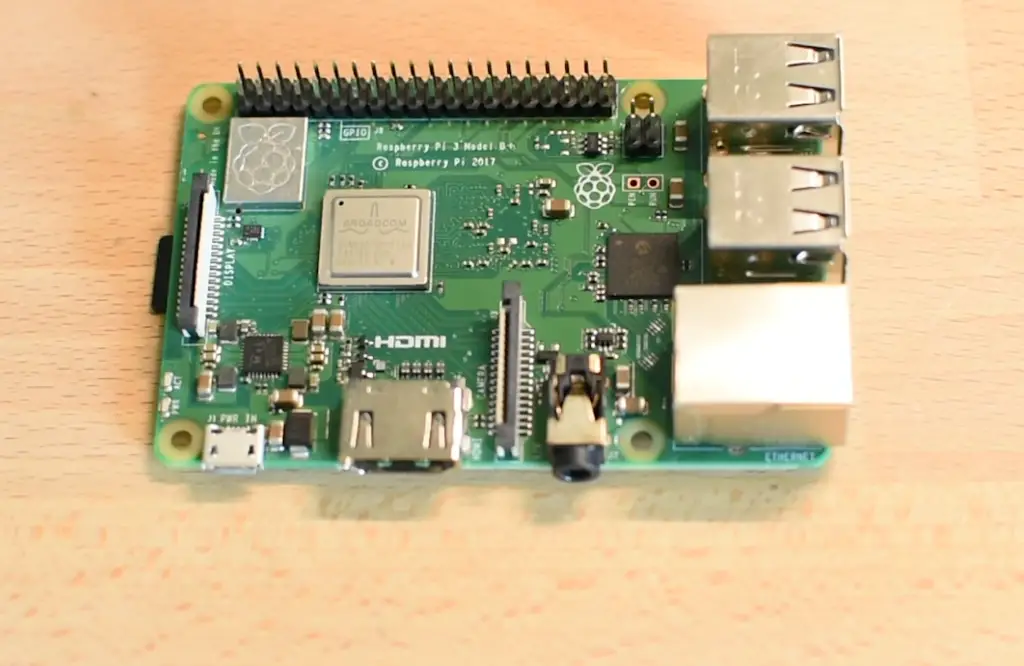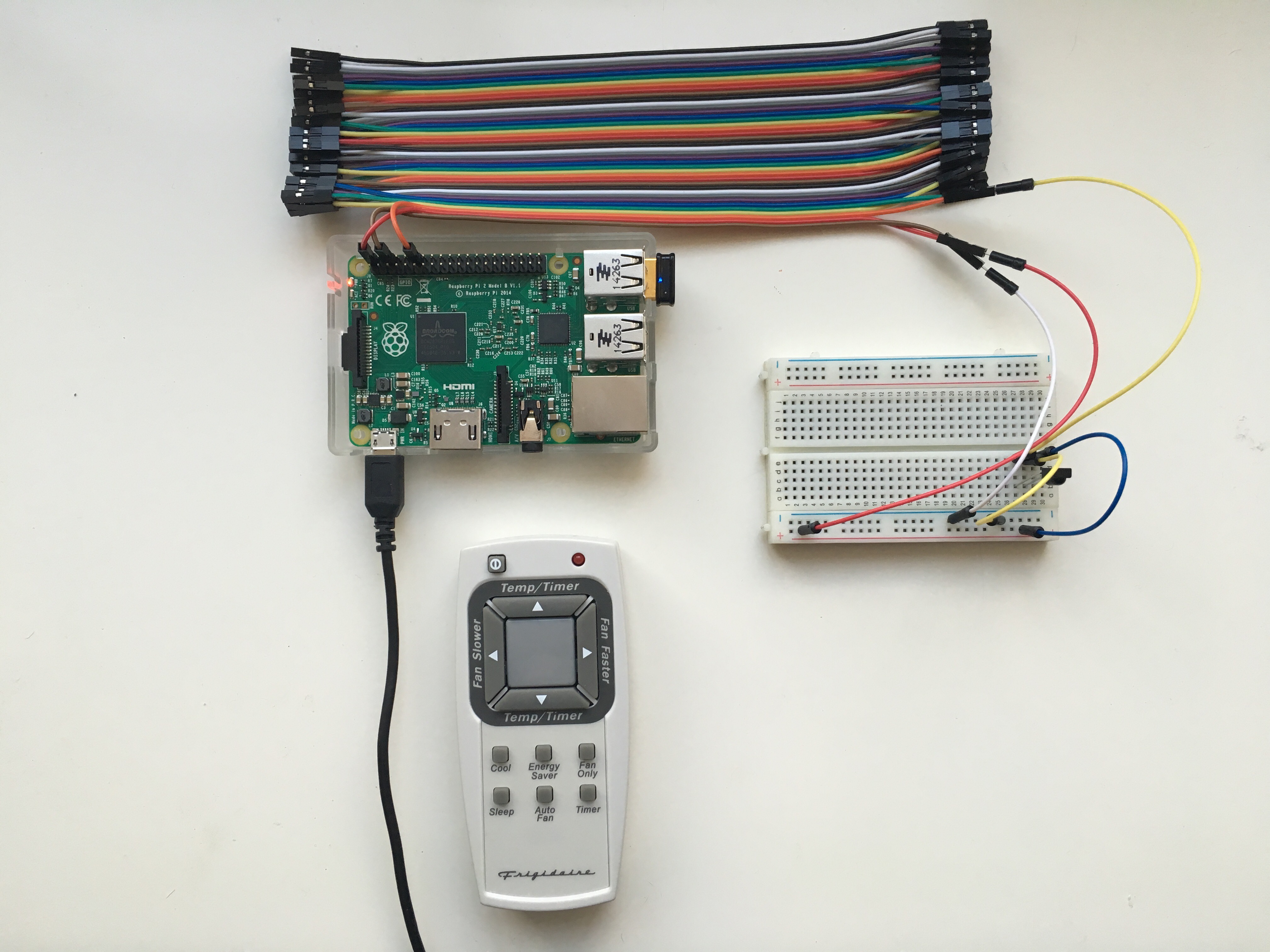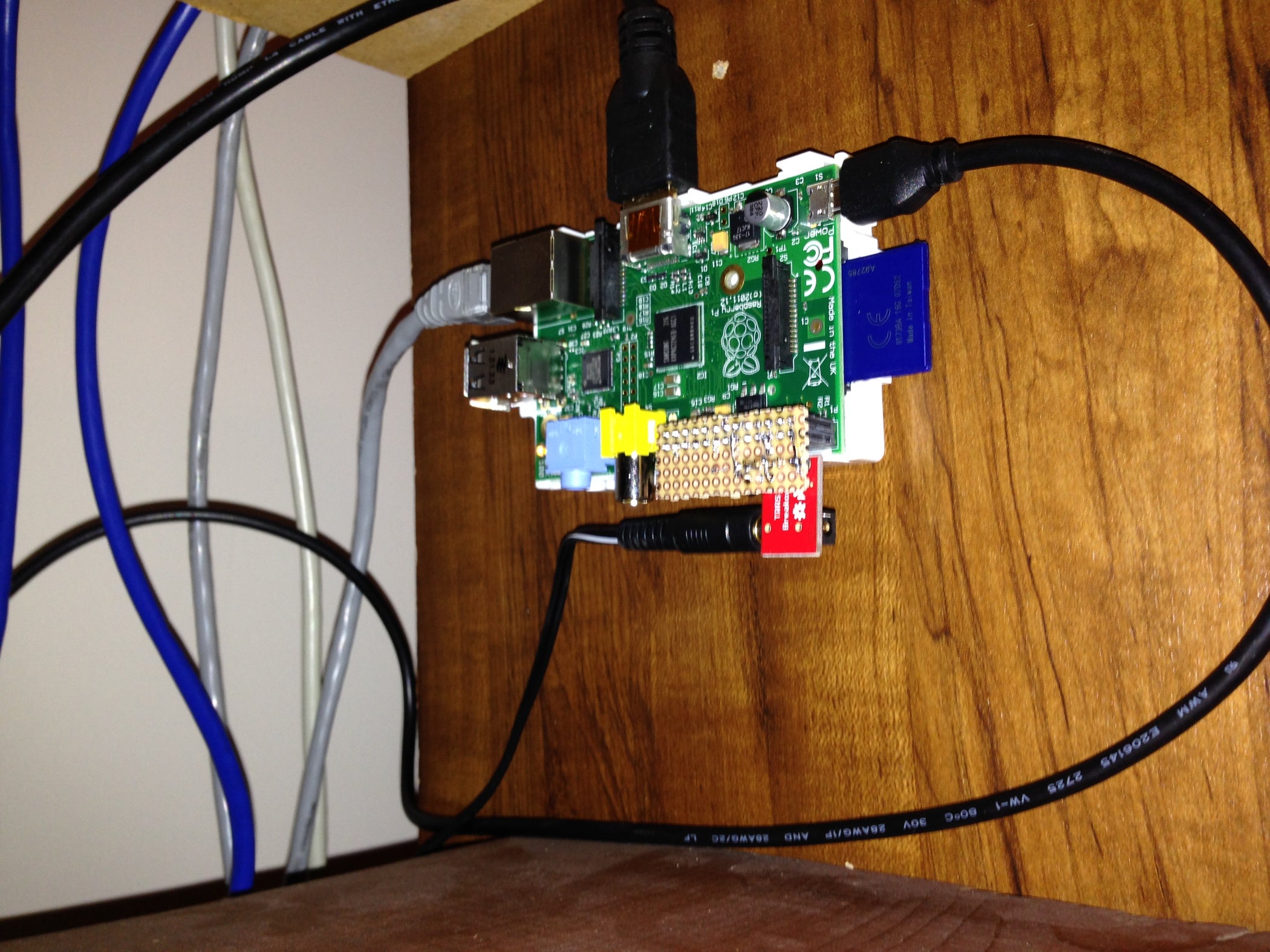Easy Raspberry Pi Remote Access & Batch Jobs: A Quick Guide!
Ever wished you could command your Raspberry Pi from anywhere in the world? The power to remotely manage and automate tasks on your Raspberry Pi is no longer a futuristic fantasy, but a tangible reality.
Imagine a world where you can effortlessly execute complex scripts, monitor critical systems, and orchestrate a symphony of IoT devices without being tethered to a physical location. This is the promise of remote batch jobs on Raspberry Pi a gateway to unparalleled flexibility, efficiency, and control. Whether you are backing up data to a remote server, or managing a cluster of devices, the possibilities are endless.
| Category | Information |
|---|---|
| Concept | Remote Batch Jobs on Raspberry Pi |
| Description | Executing scripts or programs on a Raspberry Pi from a different location, usually over the internet. |
| Key Technologies | SSH (Secure Shell), Shell Scripting |
| Use Cases | Automated data backups, remote server management, IoT device control, scientific data processing |
| Operating Systems | Raspberry Pi OS, Debian, Ubuntu |
| Software | Raspberry Pi Imager, Raspberry Pi Connect, various Linux utilities |
| Security Considerations | Secure SSH configuration, strong passwords, firewall setup |
| Example Commands | ssh user@raspberrypi_ip 'bash script.sh' |
| Resources | Official Raspberry Pi Website |
Running batch jobs on a remote Raspberry Pi essentially means initiating a script or program execution on a Raspberry Pi computer located elsewhere. This is typically achieved via a network connection, most commonly SSH (Secure Shell), granting you command-line control over the Raspberry Pi from a remote location.
- Adora Bell Wiki Age Bio Photos Discover Her Story
- Meet Mayuko Tsuzumi Okai From Runaways Limp Bizkit To The Binges
Let's delve into the practical aspects. To initiate a remote batch job, you'll first need to craft a text file containing the sequence of commands you intend to execute. This file, conventionally saved with a `.sh` extension, becomes your execution blueprint. Subsequently, the `ssh` command acts as your bridge, transmitting and executing this batch job on the remote Raspberry Pi.
The benefits of this approach are manifold. Consider the scenario of backing up data to a remote server. Instead of manually initiating the backup process each time, a remote batch job automates the entire procedure, ensuring consistent and timely data protection. This is especially useful in scenarios where your Raspberry Pi acts as a data logging device or a sensor hub, requiring regular offsite backups.
Amazon, while primarily known for its physical facilities, also offers remote work opportunities in customer service and corporate roles. This highlights the broader trend of remote accessibility and management, mirroring the capabilities offered by remote batch jobs on Raspberry Pi.
- Laura Miyata Age Husband Net Worth More Explore Now
- Tacos Goku Meme Explained The Dragon Ball Mexico Connection
How then, does one create such a remote batch job? It starts with the creation of a text file, the aforementioned blueprint, meticulously outlining the commands you wish to execute. Saving this file with a `.sh` extension marks it as a shell script, readily executable by the Raspberry Pi's operating system. Finally, the `ssh` command, armed with the appropriate credentials and script path, transmits and triggers the execution of the batch job on the remote device.
But before you dive headfirst, security is paramount. SSH, while secure, demands proper configuration to prevent unauthorized access. Employing strong passwords, regularly updating software, and configuring firewalls are crucial steps in safeguarding your Raspberry Pi and the data it handles.
To illustrate the process of securely copying a file, "myfile.txt", from your personal computer to a users home folder on your Raspberry Pi, execute the following command from the directory containing "myfile.txt". Remember to replace the placeholders with your actual username and the Raspberry Pi's IP address:
This command leverages the Secure Copy Protocol (SCP), built upon SSH, to ensure secure file transfer. It is essential to verify the SSH configuration on both your local machine and the Raspberry Pi to guarantee a secure connection. Disabling password authentication and utilizing SSH keys are highly recommended best practices.
Raspberry Pi Connect, having emerged from its beta phase, now offers enhanced and streamlined remote access. This advancement simplifies the process of managing and controlling your Raspberry Pi from afar, further democratizing the power of remote batch jobs.
Consider various examples of remote batch jobs that can be performed on a Raspberry Pi. Backing up data to a remote server is a prime example, but the possibilities extend far beyond. You could automate the process of downloading and installing software updates, monitor system performance, or even remotely control robotic devices connected to the Raspberry Pi.
The operating system plays a critical role. Raspberry Pi OS, Debian, and Ubuntu are all popular choices, each offering a robust and flexible environment for executing batch jobs. The Linux kernel, the foundation upon which these operating systems are built, provides the necessary tools and utilities for managing processes and network connections.
Software like Raspberry Pi Imager simplifies the process of installing operating systems onto SD cards, making it easier than ever to get started with a Raspberry Pi. This ease of setup, coupled with the power of remote batch jobs, makes the Raspberry Pi an incredibly versatile tool for a wide range of applications.
The world of remote batch jobs extends beyond simple command execution. Imagine using your Raspberry Pi to monitor environmental sensors in a remote location. A batch job could be scheduled to collect data from these sensors at regular intervals, transmit the data to a central server for analysis, and even generate alerts if certain thresholds are exceeded. This opens up possibilities for applications in agriculture, environmental monitoring, and industrial automation.
Furthermore, the Raspberry Pi's low power consumption makes it ideal for running remote batch jobs in energy-constrained environments. Consider using solar panels to power a Raspberry Pi running a remote data logging application in a remote wilderness area. The ability to remotely manage and monitor this system via batch jobs ensures that the system operates efficiently and reliably, even in the absence of direct human intervention.
Indeed.com lists numerous remote Raspberry Pi jobs, highlighting the growing demand for professionals skilled in managing and automating Raspberry Pi deployments. These jobs encompass roles such as engineers, system administrators, and developers, all requiring a solid understanding of remote access techniques, including the execution of batch jobs.
When configuring SSH for remote access, it is crucial to disable root login. Allowing direct root access via SSH poses a significant security risk. Instead, create a regular user account with sudo privileges and use that account to log in remotely. This limits the potential damage that could be caused by a compromised account.
Another important security measure is to change the default SSH port. The standard port (22) is a well-known target for attackers. Changing the port to a non-standard value reduces the likelihood of automated attacks. However, remember to update your firewall rules to allow connections on the new port.
The use of a virtual private network (VPN) adds an extra layer of security when accessing your Raspberry Pi remotely. A VPN encrypts all traffic between your computer and the Raspberry Pi, protecting your data from eavesdropping. Numerous VPN server software packages are available for the Raspberry Pi, including OpenVPN and PiVPN.
Before connecting via SSH, ensure you know the Raspberry Pis IP address. You can find this information using the `ifconfig` command on the Raspberry Pi itself. Look for the `inet` address under the network interface (usually `eth0` for wired connections or `wlan0` for wireless connections). Remember that the IP address may change if you are using DHCP, so you may need to configure a static IP address for your Raspberry Pi.
Running `ifconfig lo:` returns information about the loopback interface, which is a virtual network interface used for internal communication within the Raspberry Pi. While the loopback interface is essential for system functionality, it is not relevant for remote access. The important interfaces for remote access are the physical network interfaces (e.g., `eth0`, `wlan0`).
The ability to work from anywhere is a compelling advantage in today's world. Remote batch jobs on Raspberry Pi enable this flexibility, allowing you to manage and control your systems from any location with an internet connection. Whether you are a developer, a system administrator, or a hobbyist, understanding how to execute batch jobs remotely opens up a world of possibilities.
To further enhance the stability of your Raspberry Pi, consider implementing a watchdog timer. A watchdog timer is a hardware or software mechanism that automatically resets the Raspberry Pi if it becomes unresponsive. This can prevent the system from hanging and requiring a manual power cycle.
If your Raspberry Pi runs services such as a PPTP VPN server, an OpenVPN server, or a CUPS printer server, remote batch jobs can be used to monitor the health of these services and restart them automatically if they fail. This ensures that your services remain available even when you are not physically present.
In summary, the power of remote batch jobs on Raspberry Pi lies in their ability to automate tasks, manage data, and streamline operations from virtually anywhere. By mastering the techniques described in this article, you can unlock the full potential of your Raspberry Pi and transform it into a powerful remote management and automation platform. Remember to prioritize security, utilize best practices for SSH configuration, and explore the vast range of available software and tools. The possibilities are truly limitless.
To reiterate the essential command for copying a file named myfile.txt from your personal computer to a users home folder on your Raspberry Pi, remember to run the following command from the directory containing myfile.txt, replacing the placeholders with your actual username and the Raspberry Pis IP address. Mastering this simple command is a crucial first step in harnessing the power of remote batch jobs.
To copy a file named myfile.txt from your personal computer to a users home folder on your raspberry pi, run the following command from the directory containing myfile.txt, replacing the placeholder with the username you use to log in to your raspberry pi and the placeholder with your raspberry pis ip address:



Detail Author:
- Name : Jamal Howe
- Username : greta.torp
- Email : corrine.cormier@thiel.com
- Birthdate : 1983-09-06
- Address : 771 Viva Points Suite 286 Bashirianchester, VT 19989
- Phone : (470) 581-4771
- Company : Bogisich Group
- Job : Probation Officers and Correctional Treatment Specialist
- Bio : Tenetur omnis repellat praesentium amet numquam. Est iure molestias placeat. Explicabo occaecati minus assumenda aut deserunt quae quisquam.
Socials
linkedin:
- url : https://linkedin.com/in/agrimes
- username : agrimes
- bio : Dolores quasi cum perspiciatis.
- followers : 811
- following : 265
tiktok:
- url : https://tiktok.com/@grimes1996
- username : grimes1996
- bio : Nostrum vel accusantium et dolores voluptas.
- followers : 629
- following : 487
facebook:
- url : https://facebook.com/arliegrimes
- username : arliegrimes
- bio : Exercitationem et quo unde. Explicabo laudantium in excepturi nihil sit.
- followers : 1895
- following : 1574
twitter:
- url : https://twitter.com/arlie_xx
- username : arlie_xx
- bio : Possimus quis aut amet molestiae a nobis. Sunt nihil nobis iusto non quia qui ut. Tenetur modi eum qui modi vel possimus nulla.
- followers : 3770
- following : 706
instagram:
- url : https://instagram.com/arliegrimes
- username : arliegrimes
- bio : Qui et sed sequi. Quia eum vero esse. Qui omnis fugiat animi corrupti repellat voluptatem.
- followers : 2111
- following : 730